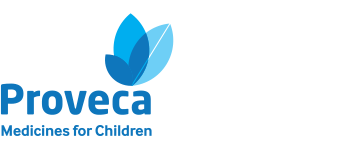The use of unlicensed and off-label medicines for treating children is widespread with associated risks as these products have not been properly studied in paediatric populations1.
Healthcare professionals and parents or caregivers are often required to manipulate an adult medicine to obtain an appropriate dose for a child, for example, by splitting a tablet to provide a smaller dose, or in more complex cases preparing a suspension from a crushed tablet. Such manipulations increase the variability in the product by inaccurate measurement, issues with stability or errors in instruction for manipulation1.
Why are medications that are licensed for adults not always appropriate for children?
- Sometimes they are in an unsuitable format, for example large tablets that can be difficult for children to swallow.
- The safety and efficacy in children may not have been studied.
- They may contain excipients (additional ingredients in a medicine) that can be harmful for children (for example alcohol). This is predominantly due to children not being able to process certain excipients as well as an adult.
- Typically, adults require higher doses of medicines compared to children. Consequently, the available medications developed for adults are often in a concentration that is unsuitable for children.
- Some medications can be unpalatable for children and this can potentially impact their adherence to the medication.
Paediatric healthcare professionals and experts have developed initiatives to encourage the development of medicines for children
In 2007 the PUMA (Paediatric-Use Marketing Authorisation) initiative was launched by the European Paediatric Regulation Committee which provided a dedicated marketing authorisation for medicines developed exclusively for use in paediatric populations.
Proveca excels in licensing children’s medicines through the Paediatric Use Marketing Authorisation (PUMA) process. Where a PUMA cannot be granted, we gain marketing authorisations on a national basis.
References:
1. Batchelor, et al. British Journal of Clinical Pharmacology. 2015; 79(3): 405-418

